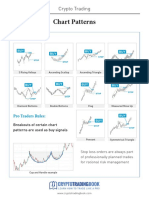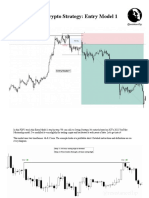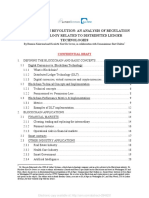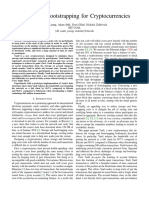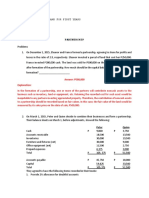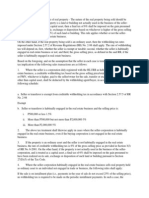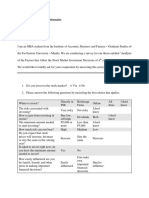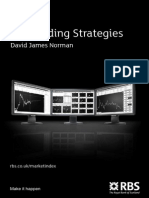0% found this document useful (0 votes)
5K views5 pagesCrypto Technical Analysis
BlockFrame charts plot price against block heights instead of time, as blocks—not objective time—define progression in the blockchain universe. Examples show a Bitcoin candlestick chart with a 1 block frame, similar to a 10-minute timeframe chart. Larger frames like difficulty adjustment cycles or halving events use block multipliers like 2016 blocks or 210,000 blocks. BlockFrame charting is proposed as a better fit for technical analysis of cryptocurrencies.
Uploaded by
Alaa' Deen ManasraCopyright
© © All Rights Reserved
We take content rights seriously. If you suspect this is your content, claim it here.
Available Formats
Download as PDF, TXT or read online on Scribd
0% found this document useful (0 votes)
5K views5 pagesCrypto Technical Analysis
BlockFrame charts plot price against block heights instead of time, as blocks—not objective time—define progression in the blockchain universe. Examples show a Bitcoin candlestick chart with a 1 block frame, similar to a 10-minute timeframe chart. Larger frames like difficulty adjustment cycles or halving events use block multipliers like 2016 blocks or 210,000 blocks. BlockFrame charting is proposed as a better fit for technical analysis of cryptocurrencies.
Uploaded by
Alaa' Deen ManasraCopyright
© © All Rights Reserved
We take content rights seriously. If you suspect this is your content, claim it here.
Available Formats
Download as PDF, TXT or read online on Scribd
/ 5


































